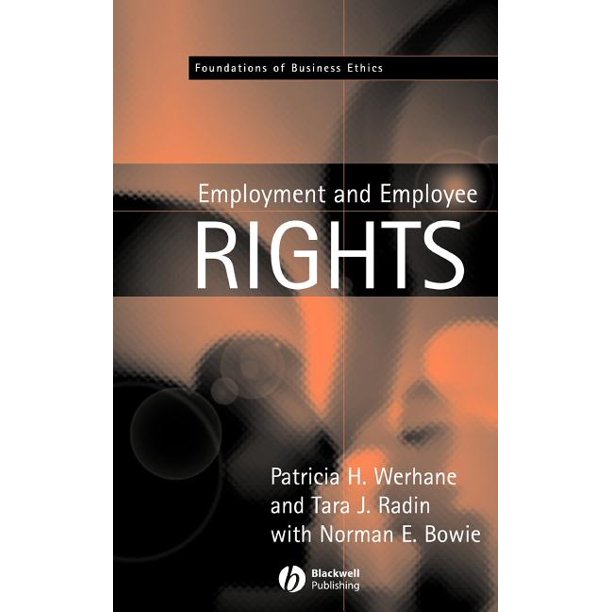We may earn a commission if you click on a product link and make a purchase at no additional cost to you. For more information, please see our disclosure policy.
Last Updated on October 17, 2025
Key Takeaways
- Retaliation Has Patterns: Most retaliation does not start with firing — it escalates in subtle, repeatable ways tied to a protected action or complaint.
- Documentation is Leverage: Timelines, emails, reviews, and policy references matter more than opinions when proving a link between your report and adverse actions.
- At-Will Limits Protection: Employers can cite business reasons or performance to mask retaliation, making evidence and timing critical when alleging wrongful termination.
- Internal Steps First: Professional, written escalation to management or HR strengthens credibility and shows you pursued reasonable remedies before external action.
- Protect the Long Game: Preserve your track record, maintain
your network , and plan a strategic exit if the environment will not correct itself despite intervention.
Some employers struggle with ethical conduct. As an employee who refuses to work under an unethical boss and chooses to speak out, you may experience retaliation. Employers understand whistleblower protections and may avoid immediate termination, instead making work intolerable so you resign. Retaliation can look like schedule changes, demotions, or stalled advancement. If you suspect this, learn the signs, understand your rights, and take measured steps to protect your career.
Signs of Retaliation at Work
Retaliation often begins subtly, then escalates. Look for patterns that start soon after you report concerns or participate in a protected activity. Track what changes, who initiated those changes, and how they differ from established practice. Consistency matters: a single incident can be a misunderstanding, but repeated adverse actions are a red flag. Use the list below to map each signal to dates, emails, calendar entries, and policy references you can verify later.
- Sudden Exclusion: Being left off important
Meetings or criticalmeetings without cause, after previously being included. - Unexplained Reviews: Abrupt negative performance reviews that contradict a steady record of positive feedback, with little or no evidence.
- Role Shrinkage: A reduction in responsibilities or assignment to menial tasks that stalls
career growth , especially without a business rationale. - Discipline Out of Nowhere: New or unevenly enforced rules leading to reprimands for conduct previously acceptable or tolerated.
- Hostility Shift: Noticeable change in tone or access, including withholding information or becoming unresponsive after your report.
- Advancement Roadblocks: Being passed over for promotions or development without explanation, despite prior endorsements.
- Deadline Overload: Unreasonable deadlines or markedly heavier workload than peers, appearing designed to trigger failure.
- Micromanagement Spike: Excessive monitoring beyond regular oversight, primarily focused on fault-finding rather than outcomes.
- Team Isolation: Exclusion from
Team projects or social activities affectscollaboration with theteam . - Resource Withholding: Loss of tools, info, or
team support required to perform, explained only asbudget orteam changes.
Retaliation can also appear as sudden workload shifts, exclusion from key decisions, and reductions in resources. If you are assigned unreasonably difficult tasks or stripped of core duties shortly after a protected activity, document what changed and when. If you’re left out of critical
Discrimination and harassment can poison the work environment, undermine employee morale, and lead to costly investigations and lawsuits.
Legal Context and Wrongful Termination
Workplace retaliation is an adverse action tied to a legally protected activity, such as reporting discrimination, unsafe conditions, or participating in an investigation. While many employers know they cannot fire you for speaking up, some attempt to force resignations through pressure. Proving wrongful termination isn’t simple. For example, at-will employment in New York allows broad termination discretion, making causation critical.
To beat a wrongful termination, you must either get your job back or seek compensation for lost wages. You will need evidence showing the link between your protected activity and the adverse action. Companies may claim performance, restructuring, or business need. Your timeline, emails, performance history, and comparators help rebut the pretext. If you’re terminated, preserve documents and devices lawfully and consider time limits for filing complaints or claims.
Have you ever arrived at work one morning, confident in your success, only to have everything taken away in a five-minute meeting? Are you grappling with the sudden silence of colleagues who once filled your daily life? You’re not alone.
What To Do If It Happens
Start with internal resolution while protecting yourself. Document every incident contemporaneously: dates, times, participants, what changed, and business impact. Keep copies of policies, goals, and prior reviews. Communicate in writing, stay factual, and mirror policy language. Raise concerns with your manager if safe; otherwise, escalate to HR. Ask for clarity on expectations and reasons for changes. If the pattern continues, request a formal review or investigation and save all acknowledgments.
- Document Relentlessly: Keep a private log, save relevant emails, calendar invites, org announcements, and screenshots where permissible by policy.
- Reference Policy: Anchor communications to code of conduct, anti-retaliation, and performance procedures to frame requests professionally.
- Escalate Thoughtfully: If manager involvement is unsafe or ineffective, elevate to HR with a concise timeline and specific asks for remedy.
- Seek Support: Consult trusted mentors and, if needed, external counsel for confidential guidance on options and deadlines.
Nearly 50,000 people lose their jobs EVERY DAY. Are you one of them? Have you recently lost your job? Are you worried about what’s going to happen with your career next? Are you battling emotional issues such as self-doubt and anxiety? Before you burn down the building, read this first.
If workload spikes or duties are reduced, ask for written objectives and prioritization. If excluded from decisions, request inclusion aligned to your role. If resources are cut, ask for equivalent tools. Maintain professionalism; hostile responses can be used against you. If internal routes fail, evaluate external complaints within required time frames. These actions protect your record and show you pursued reasonable internal remedies before escalating.
Protecting Your Career in the Future
Your long-term goal is a credible record, an intact reputation, and a viable exit strategy if change doesn’t occur. Maintain performance artifacts: goals met, kudos, project outcomes. Keep networking active and update your résumé with measurable achievements. If reviews turn negative without basis, respond with facts and examples. If promotions stall after you speak up, track timing, comparators, and criteria. Where policies allow, request neutral references. Your career is bigger than one employer.
Once a model employee, challenging the status quo can lead to negative reviews used to justify demotions, schedule changes, or a push-out. If you notice a pattern of downgraded evaluations after reporting issues, treat it as a signal to document and formally engage HR. Being passed over for promotions is complex to prove; criteria are often subjective and allow plausible deniability. Still, align your record to published competencies and keep timelines tight.
Our AI Job Interview Coach is designed to help you train and excel in any job interview from the comfort of your home.
Not every workplace will correct course. If you decide to move on, you should prepare quietly: map your market, reconnect with references, and time your
Next Steps
- Start Recording: Begin a dated log of every adverse action, including names, time, context, and business impact, to preserve evidence before memories fade.
- Anchor to Policy: Reference internal policies, anti-retaliation rules, and prior performance objectives when asking for clarification or corrective action in writing.
- Escalate Strategically: If direct resolution fails or is unsafe, escalate to HR with a concise timeline, documented facts, and a specific corrective request.
- Seek Counsel: Consult an employment attorney or advocacy group confidentially to understand deadlines, options, and legal posture before taking external action.
We create professional resumes that get you hired. Put your best foot forward in every job search with the help of Resumeble's professional resume writing services.
Final Words
Retaliation cases are rarely resolved in a single moment — they are built on patterns, documentation, and disciplined communication. The more you act with precision and restraint, the harder it becomes for an employer to reframe events as performance-based or accidental. Protect your record, speak in policy, not emotion, and preserve your leverage by staying factual and proactive. Whether you remain or exit, the decisions you make now will determine your career posture long after the conflict ends.
This must-read book offers a clear and practical examination of workplace ethics, empowering readers to understand and navigate complex issues around employee rights, fairness, and employer accountability.
Related posts:
Mark Fiebert is a former finance executive who hired and managed dozens of professionals during his 30-plus-year career. He now shares expert job search, resume, and career advice on CareerAlley.com.











